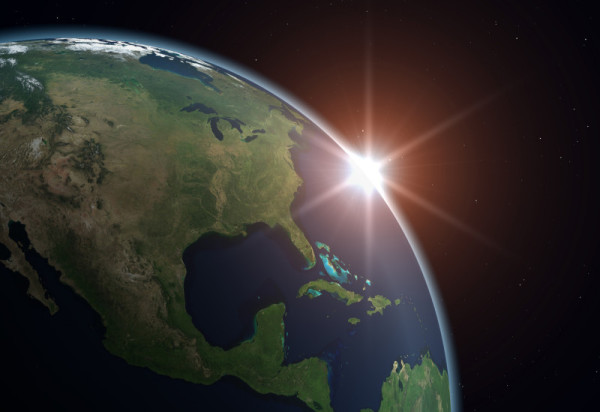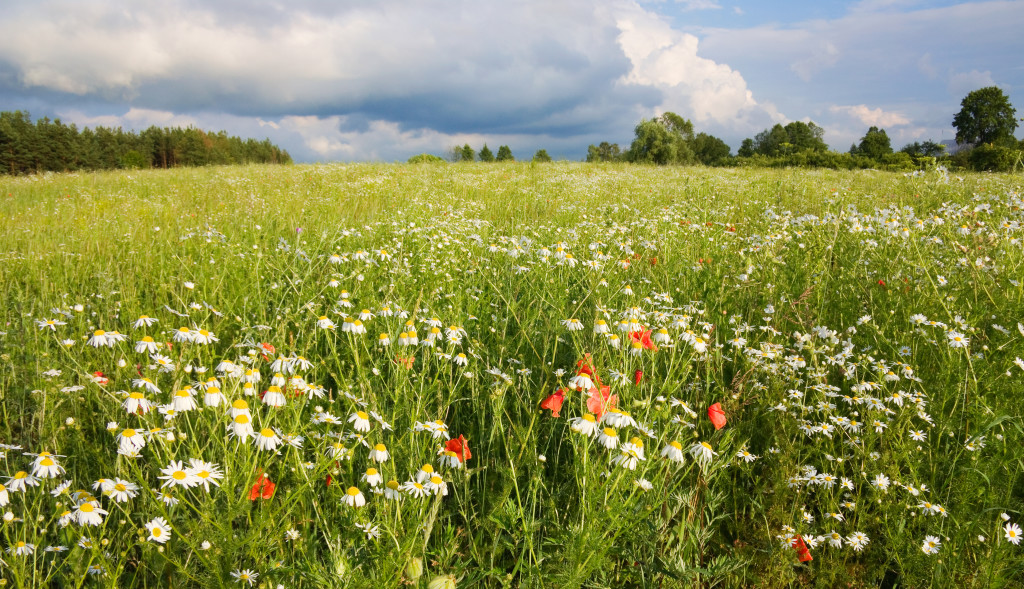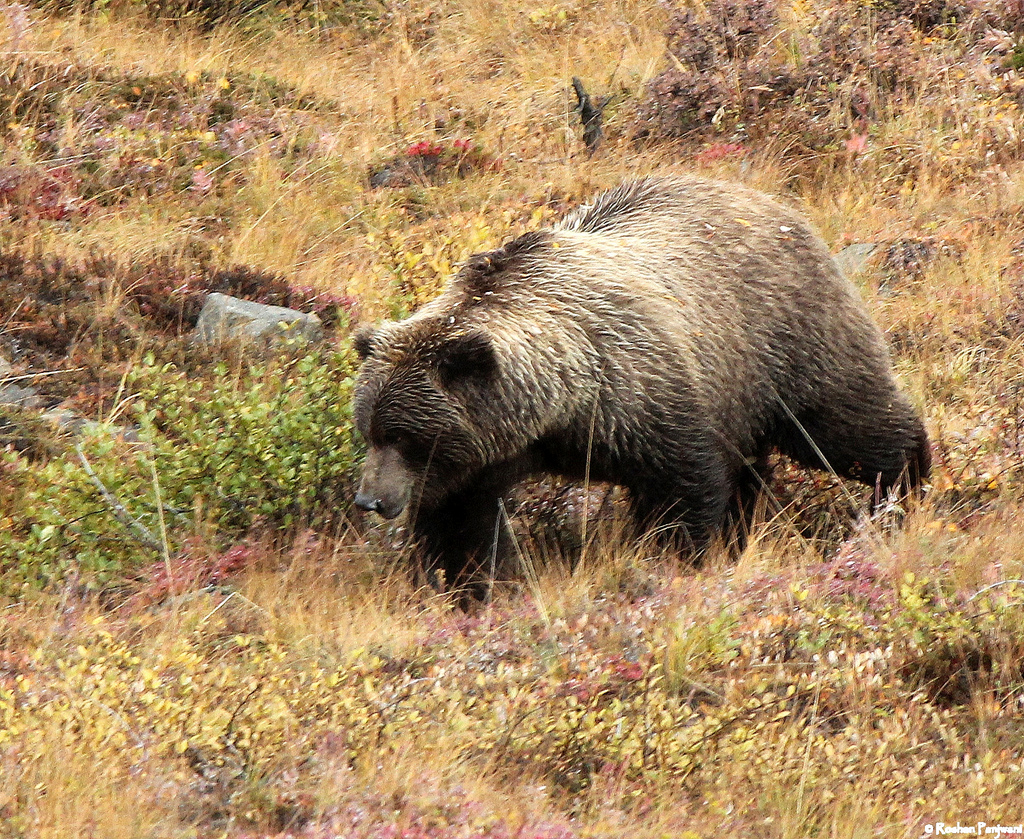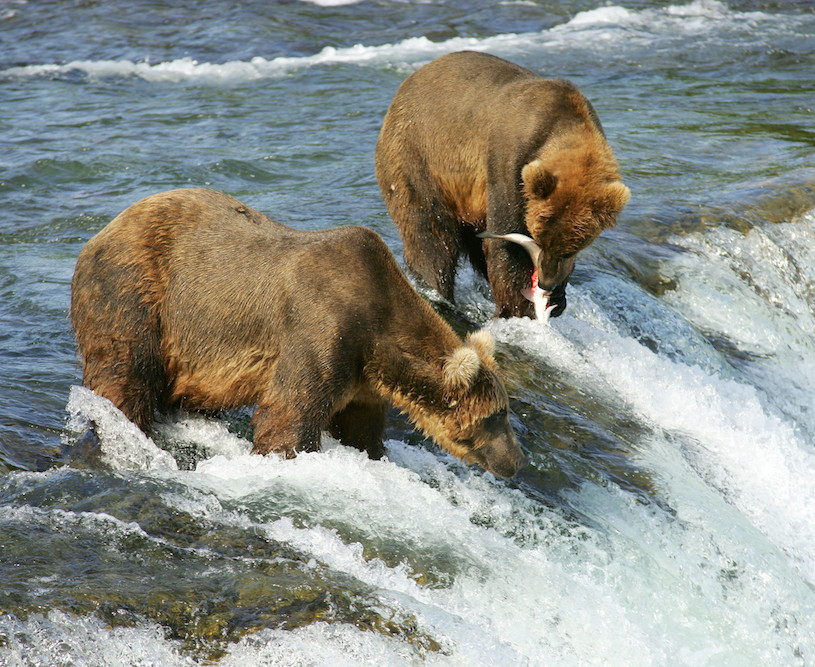Earth's Operating System
Nature’s largest system—Earth itself.Earth’s has limits and boundaries

Life on Earth has survived and thrived by adapting to the limits and boundaries of Earth’s planetary context—what we might call “Earth’s Operating System”.
The characteristics that define Earth’s Operating System are:
- Earth has limited water
- Earth has limited atmosphere
- Earth has limited sunlight, from which all energy ultimately is derived.
- Earth has gravity.
- Earth is cyclic.
- Earth exists in a state of dynamic equilibrium; it maintains an ecological and chemical balance, despite being in a constant state of change, much as our bodies maintain homeostasis despite being in a constant state of flux.
Earth is a living system

While competition and predation between species may exist on an individual level, from a systems perspective life allows other life to flourish
The organisms on Earth today have adapted within Earth’s limits and boundaries over long time periods and, in the process, they have operated in concert to create abundant and diverse biological communities. While competition and predation between species may exist on an individual level, from a systems perspective life allows other life to flourish. To illustrate this point, consider the following ecological story:
Grizzly bears create opportunities for other life
Grizzly bears, an iconic species in North America, play a vital ecological role. Berries are an important part of their diet, and grizzlies play a critical role as seed dispersers, since berry seeds pass through their digestive tracts intact. The manure surrounding the seeds both protects the seeds from drying out and serves as fertilizer, helping the seeds germinate and the new seedlings survive. As grizzlies forage, they dig up the soil, increasing species diversity and nitrogen availability.

Grizzly foraging for berries.

Grizzlies fishing for salmon.
Grizzlies also disperse salmon remains throughout the forest, where trees can absorb the high level of nitrogen found in the carcasses. Where grizzlies have been cut off from their native salmon habitats, or where salmon have disappeared, this nutrient source is no longer available, to the detriment of the system. Grizzly bears also directly regulate prey species and help prevent overgrazing by ungulate populations, thereby aiding species diversity by increasing plant health and the variety of plants available to other species.


